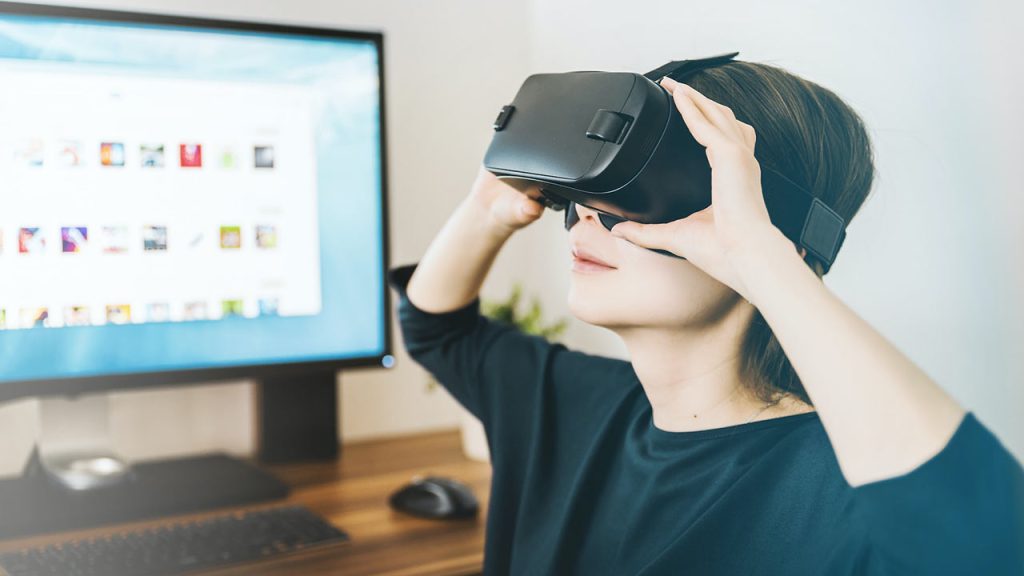In the ever-evolving landscape of art and culture, the digital age has ushered in a transformative era for art shows. This article unravels the profound impact of technology on the art world, exploring how digital advancements are reshaping the way we create, experience, and interact with art.
Section 1: Virtual Galleries and Online Exhibitions
Step into the immersive world of virtual galleries, where physical boundaries dissolve, and art becomes accessible to a global audience. Discover how online exhibitions are redefining the traditional gallery experience, allowing art enthusiasts to explore masterpieces from the comfort of their homes.
Section 2: Augmented Reality (AR) and Interactive Installations
Technology is breathing new life into art through augmented reality and interactive installations. Explore the marriage of the physical and digital realms, where artworks come to life, responding to the viewer’s movements and interactions, creating a dynamic and engaging experience that transcends the conventional static display.
Section 3: NFTs and the Digital Art Market
The rise of Non-Fungible Tokens (NFTs) has revolutionized the art market, offering a new paradigm for artists to showcase and sell their digital creations. Delve into the world of blockchain technology, exploring how NFTs are challenging traditional notions of ownership and value in the art world.
Section 4: Digital Curation and AI in Art Selection
Artificial intelligence (AI) is playing a pivotal role in the curation of art shows, influencing the selection and presentation of artworks. Uncover how algorithms analyze artistic trends, preferences, and historical data to curate exhibitions that resonate with diverse audiences, shaping the future of art curation.
Section 5: Global Collaboration and Accessibility
Technology has dismantled geographical barriers, enabling artists and audiences to engage in global collaborations and art shows. Explore how digital platforms facilitate cross-cultural exchanges, providing artists with unprecedented opportunities for exposure and collaboration on an international scale.
Conclusion:
“Digital Age Art Shows: How Technology is Transforming the Face of the Art World” celebrates the fusion of creativity and technology, showcasing the dynamic evolution of art in the digital era. As virtual galleries, augmented reality, NFTs, and AI redefine the boundaries of artistic expression, the art world stands on the precipice of a new era—one where innovation and accessibility converge to shape a more interconnected and inclusive future for art.

